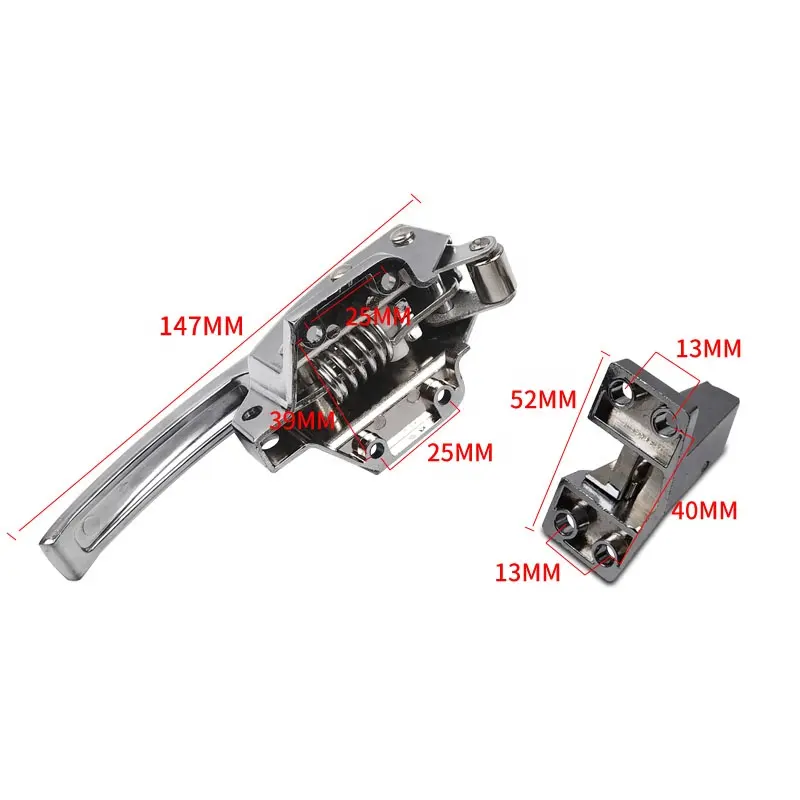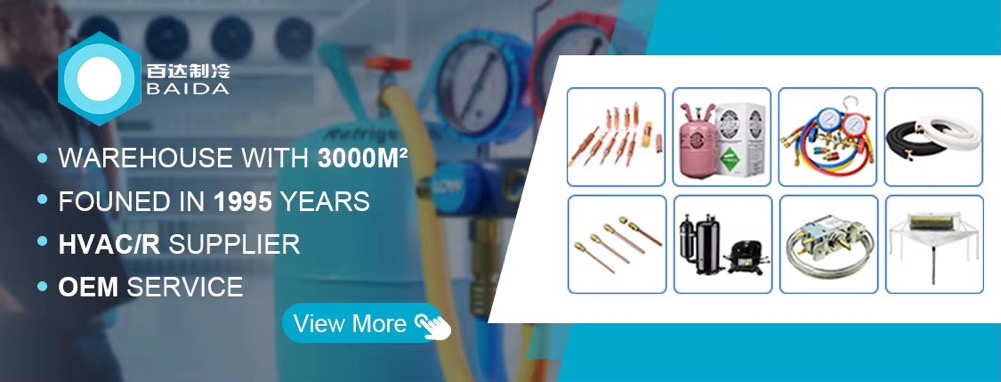1. Product Features:
Material: The product is usually made of corrosion-resistant materials such as stainless steel or zinc alloy to ensure durability in various environments.
Design: Modern design, simple appearance, easy to install, and provides door opening and locking functions at the same time.
Versatility: The functions of hinges and locks are integrated to simplify the door installation process, while improving the convenience and safety of use.
Easy installation: The design takes into account the convenience of installation, usually fixed by screws, easy to install and maintain.
2. Technical specifications:
Dimensions:
Hole position: The door hinge and lock part have multiple holes for fixing screws to ensure the stability of installation.
Load-bearing capacity: Able to withstand a certain weight, suitable for regular door weights.
Opening and closing angle: The door is usually allowed to open and close to a certain angle, such as 90° or 180°, depending on the design of the product.
3. Installation steps:
Preparation: Prepare the necessary tools and materials according to the product manual.
Positioning: Mark the installation positions of hinges and locks on the door and door frame.
Drilling: Drill holes according to the marked positions, and the hole diameter and depth should match the screws.
Fix: Align the hinges and locks with the holes and fix them with screws.
Adjustment: After installation, fine-tuning may be required to ensure smooth opening and closing of the door.
Testing: After completing the installation, open and close the door several times to check whether the hinges and locks function normally.
4. Applicable scenarios:
Indoor doors: Doors suitable for indoor environments such as homes and offices.
Commercial doors: Doors suitable for commercial places such as shops and restaurants.
Industrial doors: Doors suitable for industrial environments that require durability and security.

















